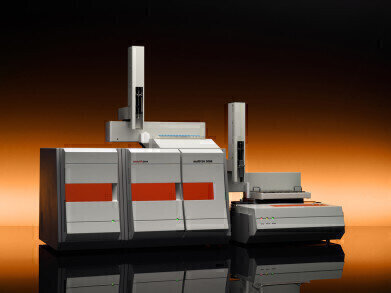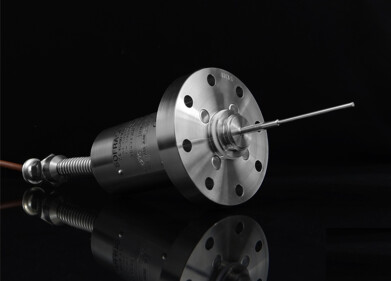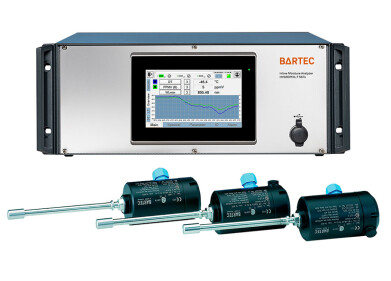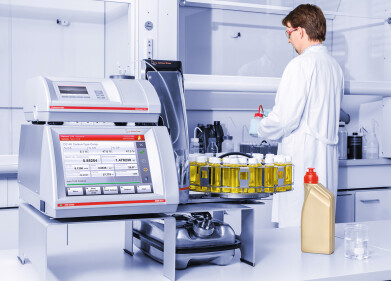Measurement and Testing
Automatic process optimization during elementary analysis - best result quality with minimum control and maintenance effort
Aug 17 2011
In many industry sectors production processes are monitored and controlled by analyzing the elements N/S/Cl in raw materials, intermediate and final products. The detected contents are in the region of a few (e.g. polystyrene, biodiesel) to mass percentages (e.g. raw oil, VGO). As different as the concentrations to be determined are also the requirements of the individual matrices for the digestion process. All matrix types are present from highly volatile to highly viscous and liquids and solids that cannot be vaporized without first being decomposed.
Whereas some of the samples to be analyzed produce equivalent results both in the vertical and the horizontal analysis mode (e.g. benzine), more complex matrices (HCR feed, hydraulic fluid, biodiesel) lead to qualitatively and quantitatively strongly different results depending on the mode and method. The reasons for this are the composition, properties and decomposition behavior of these matrices. To ensure a optimum chemical reaction for all sample components irrespective of this fact, the selection of a suitable digestion mode and adjustment of the process parameters are paramount.
This requires analysis technology that delivers fast and precise measuring results without work-intensive sample preparation and optimization.
Whilst classic elementary analysis systems are limited to only one operating mode – either vertical or horizontal – and therefore also restricted in their application, the multi EA® 5000 can be operated for process optimization both vertically and horizontally thanks to its innovative double furnace technology. The change of operating modes takes less than 3 min. This makes it possible to create the optimum digestion conditions for every organic sample matrix. It not only guarantees the best possible results, but also an analysis optimized for time.
The vertical mode is particularly suited for the detection of minute traces (c << 500 ppb). The horizontal mode, on the other hand, is perfectly tuned for the analysis of highly volatile liquids, strongly reacting samples, those that cannot be vaporized without decomposition or completely unknown samples and high elementary content. The flame sensor technology ensures a controlled complete oxidation. The process is automatically adapted to the specific requirements of the individual sample component. The flame sensor monitors and controls the combustion to prevent to strong a reaction and the formation of incomplete combustion products, such as carbon black. However, its benefit lies not only in the interference-free chemical reaction with extremely reactive and highly volatile samples and the associated significantly reduced maintenance effort, but the influence of matrix effects on the quality of the analysis results is also almost eliminated.
Thanks to this automatic optimization one and the same method can be used for all samples of the same aggregate state; the expensive development of matrix-specific methods is obsolete.
Advantages of the analysis system:
• Matrix-optimized, quantitative sample digestion using flame sensor technology
• Optimum process guidance for every matrix and application thanks to double furnace technology
• Greatest operational safety and precision of analysis results even for demanding matrix types
• Significantly reduced maintenance effort
• Ideally suited for contract laboratories and shift operation
More information at:
Analytik Jena AG
Konrad-Zuse-Str. 1
07745 Jena/ Germany
Phone: +49 3641 77 70
Fax: +49 3641 77 92 79
www.analytik-jena.com | info@analytik-jena.com
Digital Edition
PIN 25.1 Feb/March
March 2024
In This Edition Safety - The technology behind the ION Science Tiger XT - Safety with ammonia and LOHCs as hydrogen carriers Analytical Instrumentation - Discussion on new tribology te...
View all digital editions
Events
Apr 30 2024 Birmingham, UK
May 03 2024 Seoul, South Korea
May 05 2024 Seville, Spain
May 06 2024 Riyadh, Saudi Arabia
May 06 2024 Houston, Tx, USA


















